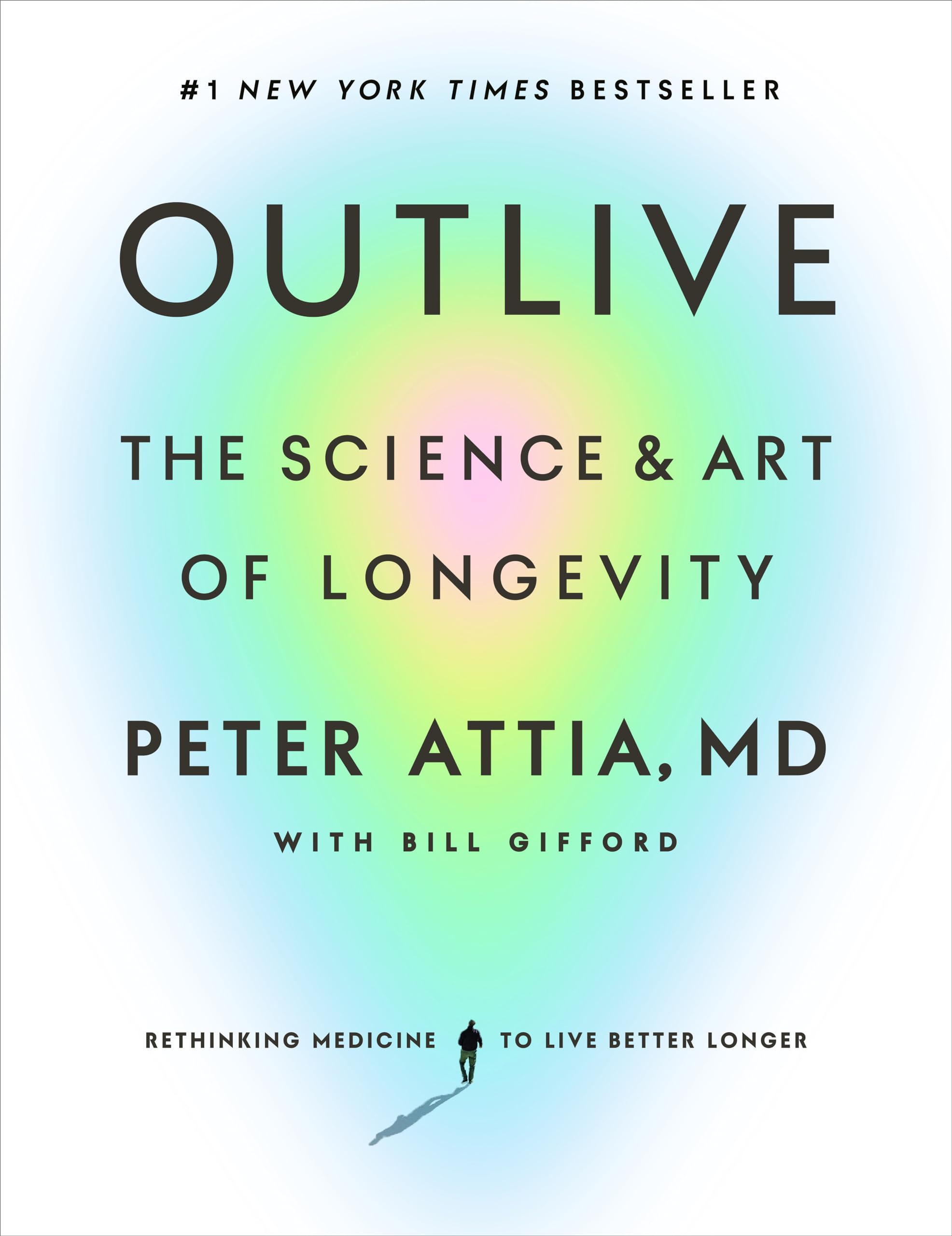Chapter 13: The Gospel of Stability: Relearning How to Move to Prevent Injury
byChapter 13 delves into the essential role of maintaining physical fitness as we grow older, with a particular focus on injury prevention through stability training. A significant factor contributing to the decline in physical activity in later years is the presence of injuries that were never fully rehabilitated. These lingering injuries often disrupt exercise routines, leading to chronic pain, limited mobility, and a general decline in physical capabilities. The author emphasizes how injuries, whether small or severe, can have a long-lasting impact on one’s ability to remain active and maintain good health. Through personal stories and those of others, the chapter demonstrates the importance of fully addressing injuries to prevent long-term effects that could hinder one’s quality of life and fitness journey.
The chapter stresses that stability is often overlooked when compared to aerobic exercise and strength training, yet it is a crucial element in preventing injuries. Stability is not just about strengthening the core; it involves the body’s ability to resist and control force, which helps ensure that movements are efficient and safe. The author advocates for a shift in the way we think about exercise—moving from pushing the body to its limits every time to focusing on cultivating safe and effective movement patterns. This shift allows for the body to adapt to stress in a controlled way, minimizing the risk of injury and promoting long-term physical health. By making stability a priority, individuals can not only avoid injury but also improve their overall physical function as they age.
The chapter also introduces the concept of dynamic neuromuscular stabilization (DNS), a technique that is rooted in mimicking the natural movement patterns of infants. The idea behind DNS is that by re-learning these basic movements, individuals can significantly improve their stability and reduce the likelihood of injury. These developmental movement patterns, which infants naturally perform—such as crawling, rolling, and reaching—are foundational for building proper physical stability. By incorporating DNS into exercise routines, individuals can retrain their bodies to move more efficiently, thereby reducing unnecessary strain and promoting better body mechanics. This form of stability training can be especially beneficial for those who are older, helping them regain mobility and function that may have been lost over the years.
One compelling narrative in the chapter is that of Barry, an elderly man who significantly improved his physical health through stability training. Barry’s dedication to stability exercises helped him regain a level of fitness and mobility that he hadn’t experienced in years. His journey is an inspiring example of how stability training, when done consistently, can have a transformative impact on one’s life, even in advanced age. Barry’s story highlights the power of focused training on improving mobility, strength, and pain management. Through his experience, readers can see that it is never too late to make meaningful changes to one’s physical health and mobility.
The chapter concludes with a powerful message: by focusing on stability training and relearning proper movement patterns, individuals can drastically improve their physical capabilities and quality of life as they age. The author emphasizes that addressing stability is a key component to preventing injuries, maintaining mobility, and ensuring that the body continues to function well throughout the years. By prioritizing stability in fitness routines, individuals can reduce their risk of injury, improve posture, and maintain functional movement, all of which contribute to a better quality of life as they grow older. The chapter encourages readers to adopt a comprehensive approach to fitness that prioritizes safe, controlled movements, fostering long-term physical health and resilience.
Incorporating stability exercises into one’s routine not only enhances physical health but also builds a stronger mind-body connection. By focusing on the quality of movement, individuals can address any imbalances, improve posture, and increase overall awareness of their body’s needs. This mindful approach to exercise fosters better alignment and balance, which ultimately helps reduce the risk of injury. The chapter advocates for a shift towards incorporating these practices into daily life, as this can help preserve physical function well into old age, allowing individuals to continue leading active, fulfilling lives. Stability training, as emphasized here, is not just about injury prevention but about fostering a deeper connection with one’s body, supporting lifelong mobility and wellness.


